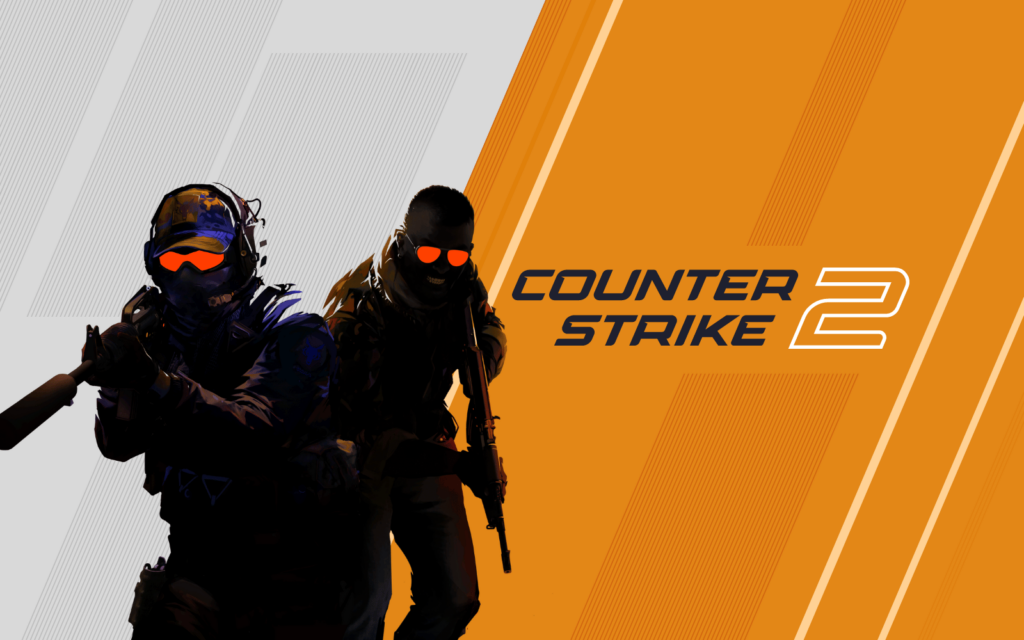Valve Corporation has finally made Counter-Strike 2 official after years of speculation and, more recently, new trademark filings, data-mined hints, and a report from veteran esports journalist Richard Lewis after speaking with anonymous sources with knowledge of the game’s development.
While a concrete release date wasn’t mentioned, some lucky players will already have the opportunity to try it out in a limited test. The rest of us will have to wait until ‘summer’ (calm down, that’s winter for us South Africans) when the full game is expected to release. And like CS:GO now, it will be free-to-play.
CS2 is finally here, sort of
Today we’re excited to announce Counter-Strike 2. Counter-Strike 2 is an overhaul to every system, every piece of content, and every part of the C-S experience. First, let’s talk about smoke grenades: pic.twitter.com/iTtguRHJ0S
— CS2 (@CounterStrike) March 22, 2023
Counter-Strike 2, or CS2, is the much-anticipated overhaul of Counter-Strike: Global Offensive, or CS:GO, a tactical first-person shooter video game first launched in August 2012.
Instead of a sequel and a whole new standalone game, as is usually the case in the industry, the announcement blog post describes CS2 as an “overhaul to every system, every piece of content, and every part of the C-S experience,” and “the largest technical leap forward in Counter-Strike’s history.”
CS2, based on Valve’s Source 2 engine, includes updates to some of CS:GO’s core mechanics (like smoke grenade behaviour), a reworked audio system, vastly improved server performance, and updated visuals including HD textures, models, environment and visual effects, and enhanced lighting and reflections.
There are a vast amount of changes, too many to detail here, with potentially far-reaching consequences so if you’re at all interested, check out the blog post. Additionally, Valve has also made informative videos for the biggest of those which you can watch here.
It’s all about the Counter-Strike money
For those wondering why Valve opted for an overhaul instead of a whole new game, the answer is presumably ‘money’.
The Counter-Strike franchise has been home to competitive esports play in some form since 2001. The scene was small back then but started to grow rather quickly with Counter-Strike 1.6. However, when Counter-Strike: Source launched in 2004 it was criticized by pro players which resulted in a split player base.
The player base was eventually reunited with CS:GO but Valve will probably want to avoid anything like that from happening again, especially seeing as CS:GO has grown into a multi-billion dollar industry if you take the professional scene and cosmetic skin market into account.




